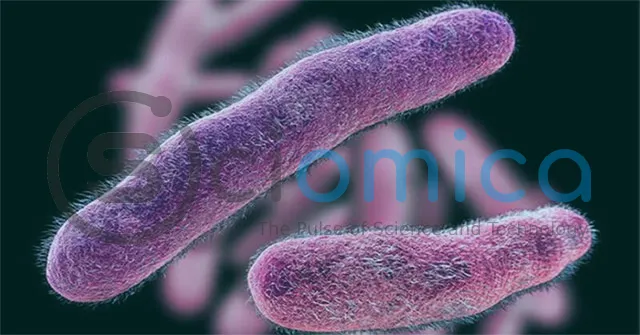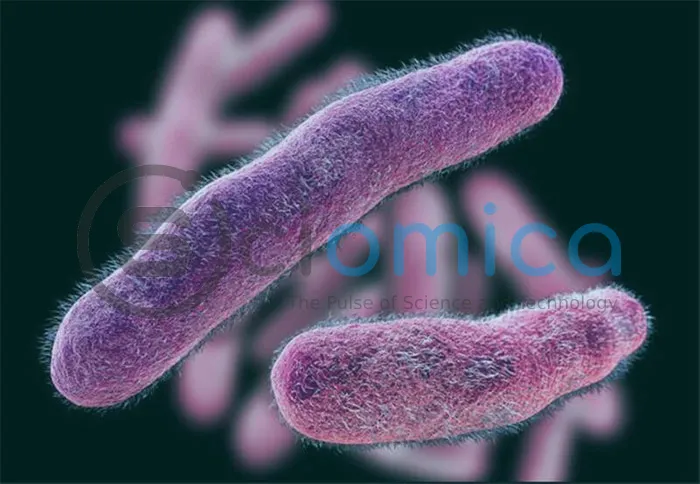
Food can be contaminated by bacteria from water sources, waste, soil, or through human production and transportation processes.
Microorganism Groups Causing Food Poisoning
In addition to Clostridium botulinum, several other types of microorganisms can also cause food poisoning, including: Clostridium, Salmonella, Campylobacter, Listeria, Bacillus cereus, E. coli, Staphylococcus, and Shigella.
Listeria is a very dangerous foodborne pathogen, with a mortality rate of 20-30% for reported cases. This bacteria is widely found in the environment and can be isolated from soil, fruits, vegetables, milk, and unpasteurized dairy products. The incubation period is between 7 to 70 days, and the illness can last for several weeks.
Salmonella is commonly found in nature, primarily in the intestines of humans and animals. It is typically present in poultry, eggs, unpasteurized milk, and cheese. The incubation period ranges from 12 to 72 hours, with symptoms lasting from 4 to 7 days.

Salmonella is often found in poultry and eggs. (Image: Innovationtoronto).
Campylobacter is a common cause of stomach pain. It usually lives in the intestines of livestock and poultry and can often be found in raw meat, unpasteurized milk, and contaminated water. The incubation period is about 2 to 5 days, and the illness can last from 7 to 10 days.
In severe cases, patients may develop Guillain-Barré syndrome (GB), which leads to muscle weakness and paralysis within 2-4 weeks after infection. This syndrome can last for weeks to years, and it is estimated that around 40% of GB cases in the U.S. are caused by Campylobacter.
Bacillus cereus is another common cause of stomach pain worldwide. This bacterium can produce spores that withstand high temperatures, hence it can be found in raw foods and cooked dishes. The incubation period is very short, only a few hours, and patients often recover on their own.
E. coli is a well-known bacterium present in the intestines of humans and animals. Main sources of infection include feces, untreated water, and raw foods. The incubation period is from 3 to 4 days, with symptoms lasting up to 10 days. Most patients recover within 6 to 8 days.
Staphylococcus mainly lives on animal hosts in both humans and animals. This bacterium can thrive on food and release toxins. Foods easily contaminated include meat, eggs, and dairy products. While heat can kill the bacteria, their toxins may still remain in the food.
Food contaminated with Staphylococcus toxin may not show signs of spoilage or bad odor, making it difficult to detect. Symptoms may appear 30 minutes to 8 hours after consuming contaminated food.
Shigella is the most common bacterium causing diarrhea. Foods prone to contamination include fresh vegetables and unpasteurized milk. Symptoms can appear 1 to 2 days after consuming contaminated food and last from 5 to 7 days.
How to Prevent Food Poisoning
People should limit consumption of high-risk foods that are not pasteurized such as milk or fruit juice, raw seafood, and undercooked meats.
When handling fresh fruits and vegetables, be sure to wash them under running water before cooking, packaging, or eating. Leftover or unused food should be stored in the refrigerator.
Separate raw foods from cooked foods to avoid cross-contamination. If using the same cutting board for raw meat and cooked foods, it is important to wash it thoroughly with warm water and soap between uses. It is advisable to thaw food in the refrigerator or microwave.
Finally, don’t forget to wash your hands. Wash hands with soap and water for at least 20 seconds, especially after using the restroom and before cooking.






